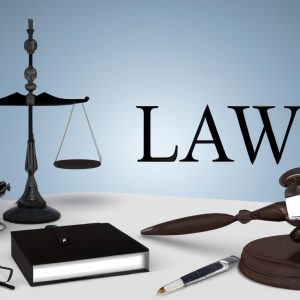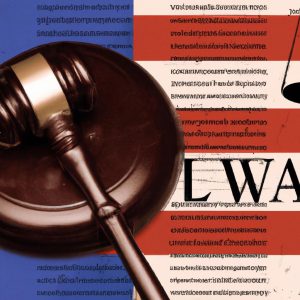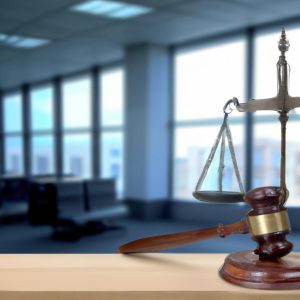Initiating the Probate Process in New York
Dealing with the loss of a loved one is undoubtedly challenging, and the legal process that follows can add complexity to an already emotional time. In New York, the process of handling a deceased person’s estate often involves probate. This article will guide you through how the probate process is initiated in New York and the steps to follow when administering the estate.
Understanding Probate
Probate is the legal process through which a deceased person’s assets and liabilities are identified, their debts are paid, and their remaining property is distributed to their heirs or beneficiaries. The purpose of probate is to ensure that the decedent’s assets are properly accounted for and that their wishes, as outlined in their will (if applicable), are carried out.
How is the Probate Process Initiated?
The initiation of the probate process typically involves the following steps:
1. Identify the Executor
If the decedent had a will, it likely names an executor—the person responsible for overseeing the probate process. The executor’s role is crucial, as they will manage the estate’s affairs, file necessary documents, and distribute assets according to the will’s instructions.
2. Obtain the Death Certificate
Before probate can begin, you’ll need to obtain the decedent’s death certificate, which the local vital records office usually issues. This document is essential for establishing the individual’s passing and is required for various legal and administrative purposes.
3. Locate and Review the Will
If the decedent had a valid will, it should be located and reviewed. The will outlines the decedent’s wishes regarding the distribution of their assets. It’s crucial to confirm that the will is valid and meets New York’s legal requirements for wills.
4. File a Petition for Probate
One of the initial steps in initiating the probate process is to file a petition with the Surrogate’s Court in the county where the decedent resided at the time of their passing. This petition requests the court’s approval to proceed with probate. The court will review the documents and determine if the will is valid.
5. Notify Heirs and Beneficiaries
Once the probate petition is filed, notice must be given to all interested parties, including heirs and beneficiaries named in the will. This notice informs them of the probate proceedings and their right to contest the will or object to the appointment of the executor.
6. Inventory and Appraisal of Assets
The executor is responsible for identifying and valuing all the decedent’s assets, including real estate, bank accounts, investments, personal property, and more. An inventory and appraisal report must be submitted to the court.
7. Pay Debts and Taxes
During probate, the estate’s debts and taxes must be addressed. This includes paying outstanding bills, taxes, and any expenses related to the estate’s administration.
8. Distribute Assets
After all debts and taxes are settled, the remaining assets can be distributed to the heirs and beneficiaries according to the terms of the will or New York’s intestacy laws if there is no will.
Consult with Probate Professionals
The probate process can be complex, and it’s essential to follow New York’s specific legal procedures. Working with an experienced probate attorney, such as Morgan Legal Group, can greatly simplify the process and ensure that everything is handled correctly and efficiently.
Disclaimer: This article provides general information and should not be construed as legal advice. Consult with a qualified attorney for advice tailored to your specific situation.
For expert guidance and support in navigating the probate process in New York, contact Morgan Legal Group today.





